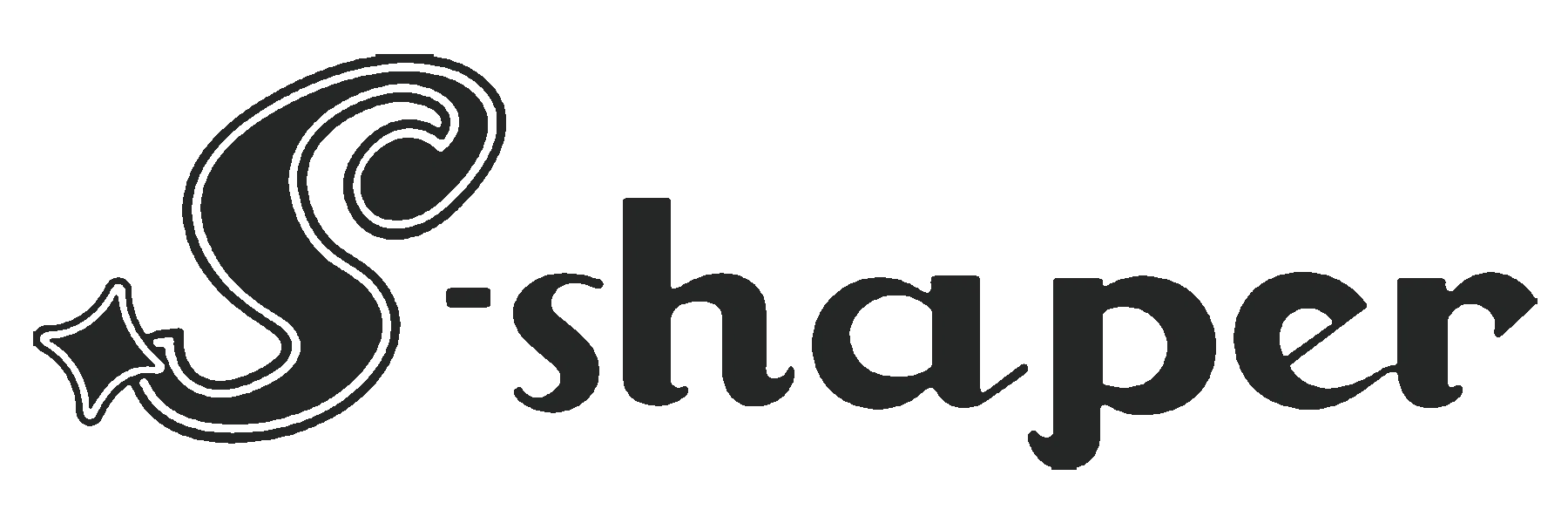10 Steps to Determine the Ideal MOQ for Shapewear Success
Ready to dive headfirst into the exciting and potentially lucrative world of shapewear? It’s a booming market brimming with opportunity, but navigating the complexities of production, particularly when it comes to Minimum Order Quantities (MOQs), can leave even the savviest entrepreneur feeling a bit tangled. But fear not! This comprehensive guide will equip you with the knowledge and strategies to confidently calculate your ideal MOQ, setting the stage for maximum profitability in your shapewear venture.
What Exactly is MOQ and Why Should You Care?
In the simplest terms, the MOQ represents the minimum number of shapewear units a manufacturer is willing to produce for a single order. Think of it as their “bulk discount” threshold – a way to ensure their production runs are efficient and profitable.
But why should this seemingly technical detail matter to you and your burgeoning shapewear empire?
- Unlocking Cost-Effectiveness: Ordering in larger quantities often unlocks significant cost savings per unit due to the economies of scale. Manufacturers can purchase raw materials in bulk, optimize production processes, and spread fixed costs over a larger number of units. These savings trickle down to you, translating to a healthier profit margin and a competitive edge.
- Streamlining Inventory Management: While large orders might seem daunting, especially for startups, they can actually simplify your inventory management in the long run. By ordering less frequently, you’ll reduce administrative headaches, lower shipping costs, and minimize the risk of stockouts that could disrupt your sales momentum.
- Fostering Stronger Supplier Relationships: Meeting a manufacturer’s MOQ demonstrates your seriousness as a business partner. It signals that you’re invested in a long-term relationship and are committed to mutual success. This can lead to more favorable terms, priority service, and even greater flexibility in future negotiations.
Cracking the Code: Factors Influencing Shapewear MOQ
Before you whip out your calculator and start crunching numbers, it’s essential to understand the key factors that influence your ideal MOQ. These factors often intertwine, so a holistic approach is key:
- Production Costs: The Foundation of MOQ: Production costs form the bedrock of a manufacturer’s MOQ. This encompasses a range of expenses, including:
- Raw Materials: The quality and type of fabrics, elastics, linings, trims, and embellishments directly impact the cost per unit. Luxurious fabrics and intricate designs typically come with higher MOQs.
- Manufacturing Processes: The complexity of the manufacturing process, including cutting, sewing, dyeing, printing, and finishing, significantly influences the overall production cost. More intricate designs and specialized techniques often result in higher MOQs.
- Labor Costs: Labor costs vary depending on the manufacturer’s location and the skill level required for production. Countries with higher labor costs may have higher MOQs to offset these expenses.
- Supplier Capacity & Minimums: Aligning with Production Realities: Each manufacturer operates within its own unique production ecosystem. Factors like factory size, machinery capabilities, workforce availability, and material sourcing agreements all contribute to their overall capacity and minimum order requirements. It’s essential to find a supplier whose capabilities align with your desired production volume.
- Your Budgetary Constraints: Staying Grounded in Financial Reality: While it’s tempting to go big, it’s crucial to be realistic about your financial capacity. Tying up too much capital in a large initial order could strain your cash flow, especially in the early stages of your business. Carefully assess your available capital, projected sales, and any potential funding sources to determine a financially sustainable MOQ.
- Inventory Holding Costs: The Price of Storage: Storage space isn’t free! Factor in warehousing costs, insurance premiums, and the potential risk of obsolescence (a particularly important consideration in the fast-paced fashion industry) when determining your ideal MOQ. Holding excess inventory can eat into your profits and tie up valuable resources.
- Sales Projections & Market Demand: Matching Supply and Demand: While optimism is encouraged, aligning your MOQ with realistic sales forecasts is vital to avoid being saddled with excess inventory. Thorough market research, competitor analysis, and a deep understanding of your target audience are essential for making accurate projections. Consider seasonality, upcoming marketing campaigns, and overall market trends to refine your forecasts.
Calculating Your Sweet Spot: Formulas for Shapewear MOQ
Now that you have a firm grasp of the factors influencing your MOQ, let’s put on our analytical hats and explore two common approaches to calculate your ideal order quantity:
1. The Basic Economic Order Quantity (EOQ) Model: Finding the Inventory Sweet Spot
The EOQ model is a classic inventory management formula that helps you determine the optimal order quantity to minimize your total inventory costs, striking a balance between ordering costs and holding costs.
Formula: EOQ = √(2DS / H)
Where:
- D = Annual demand forecast (units)
- S = Cost per order (shipping, handling, administrative fees, etc.)
- H = Annual holding cost per unit (storage, insurance, obsolescence, etc.)
Example:
Let’s say you project selling 1,000 shapewear pieces annually. Your average cost per order is $100 (including shipping, handling, and any associated fees), and your estimated annual holding cost per unit is $5 (factoring in storage, insurance, and the potential for obsolescence).
EOQ = √(2 * 1,000 * $100 / $5) = √40,000 = 200 units
In this scenario, the EOQ model suggests that ordering 200 units at a time would minimize your total inventory costs.
2. The Demand-Based Approach: Letting Sales Projections Guide You
This method relies heavily on accurate sales projections and a nuanced understanding of market dynamics. It’s particularly useful for businesses operating in industries with fluctuating demand or those launching new products.
Steps:
- Forecast Your Sales: Start by forecasting your sales for a specific period, such as the next quarter or the upcoming year. Consider seasonality, planned marketing campaigns, anticipated market trends, and any historical sales data you may have.
- Add a Safety Stock Buffer: It’s always wise to add a safety stock buffer to your projected demand. This buffer acts as a cushion to account for unexpected demand surges, production delays, or shipping hiccups. A typical safety stock buffer ranges from 10% to 20% of your projected demand, depending on the volatility of your market and your risk tolerance.
- Compare to Supplier MOQs: Once you have a clear picture of your anticipated demand, compare this figure to the MOQs offered by various suppliers. Choose the supplier whose MOQ aligns most closely with your calculated demand to optimize your inventory levels and minimize potential waste.
Example:
Imagine you anticipate selling 400 shapewear units in the next quarter based on market research, trend analysis, and your planned marketing activities. Adding a 15% safety stock buffer to mitigate potential disruptions brings your total to 460 units. Armed with this figure, you would then seek out suppliers whose MOQ falls within that range, allowing you to meet demand without overstocking.
Pro Tips for MOQ Negotiation: Securing the Best Possible Terms
Remember, MOQs aren’t set in stone. View them as a starting point for negotiation rather than a non-negotiable demand. Here’s how to navigate these conversations like a seasoned professional:
- Cultivate Strong Relationships: Open communication, transparency, and a collaborative approach can work wonders in any negotiation. Nurture strong relationships with your suppliers by being responsive, respectful, and reliable. A strong foundation of trust can pave the way for more favorable terms.
- Start Small & Scale Up: If a supplier’s MOQ seems initially daunting, consider proposing a smaller initial order to demonstrate your commitment and establish a track record. Once you’ve proven yourself as a reliable partner and your sales volume grows, you’ll be in a stronger position to negotiate lower MOQs for future orders.
- Offer Incentives: Sweeten the deal by offering incentives that benefit the supplier. Consider offering faster payment terms, a larger deposit upfront, or a long-term supply contract in exchange for a lower MOQ. By aligning your incentives with their priorities, you’re more likely to find mutually beneficial solutions.
Beyond the Numbers: Additional Considerations for Strategic Decision-Making
While formulas and calculations provide a solid foundation, navigating the nuances of MOQs requires looking beyond the numbers and considering the bigger picture:
- Product Variety vs. MOQ: Finding the Right Balance: Offering a diverse product line is tempting, especially in the dynamic world of shapewear. However, each additional style, size, or color variation can impact your MOQ and increase inventory complexity. Consider starting with a curated selection of your most popular styles in larger quantities to meet initial demand and gradually expanding your product range as your business gains traction.
- Testing the Waters: Minimizing Risk for New Products: Launching a brand-new product or entering a new market? Opting for a slightly lower MOQ initially can be a strategic move. This allows you to test market response, gather valuable customer feedback, and refine your offerings before committing to larger production runs.
- Long-Term Vision: Aligning MOQs with Your Growth Trajectory: Always keep your long-term business goals in mind when making MOQ decisions. Will your chosen MOQ support your projected growth trajectory? Does it allow for flexibility as you scale your operations? Aligning your MOQ strategy with your overall business vision ensures sustainable growth and minimizes potential roadblocks.
Shapewear MOQ FAQs:
1. What happens if my sales projections are inaccurate and I end up with excess inventory?
Forecasting is never an exact science, and market fluctuations can happen. If you find yourself with excess shapewear inventory, consider implementing strategic sales and marketing initiatives to move the surplus. Offer discounts, bundle products together, or explore partnerships with influencers or retailers to reach a wider audience.
2. Can I negotiate different MOQs for different shapewear styles or sizes?
While it’s generally more cost-effective for manufacturers to produce larger quantities of a single style, it’s worth discussing your specific needs and constraints. Some manufacturers may be open to negotiating MOQs on a case-by-case basis, especially if you’re a long-term partner or are placing a substantial order overall.
3. How can I mitigate the risk of obsolescence, especially in the fashion-forward shapewear industry?
Staying ahead of trends is key! Conduct thorough market research, follow fashion publications, and pay close attention to emerging styles, colors, and fabric innovations. Consider ordering smaller quantities of trend-driven pieces initially to test their market reception before committing to larger production runs.
4. What are the advantages of working with a supplier who offers lower MOQs?
Lower MOQs can be particularly advantageous for startups, small businesses, or those testing new products. They allow for greater flexibility, lower initial investment costs, and reduced risk associated with holding excess inventory. However, it’s crucial to balance MOQs with other factors like product quality, supplier reliability, and overall production capacity.
5. How frequently should I re-evaluate my shapewear MOQ?
Regularly reviewing and adjusting your MOQ is crucial for maintaining optimal inventory levels and responding to market dynamics. Aim to re-evaluate your MOQ at least quarterly or whenever you anticipate significant changes in demand, production costs, or your overall business strategy.

S-SHAPER offer a wide range of shapewear products , if you are interested in our products please move to the product page, if you have any questions, please feel free to contact us!
Share This Post:
Table of Contents
Most Popular
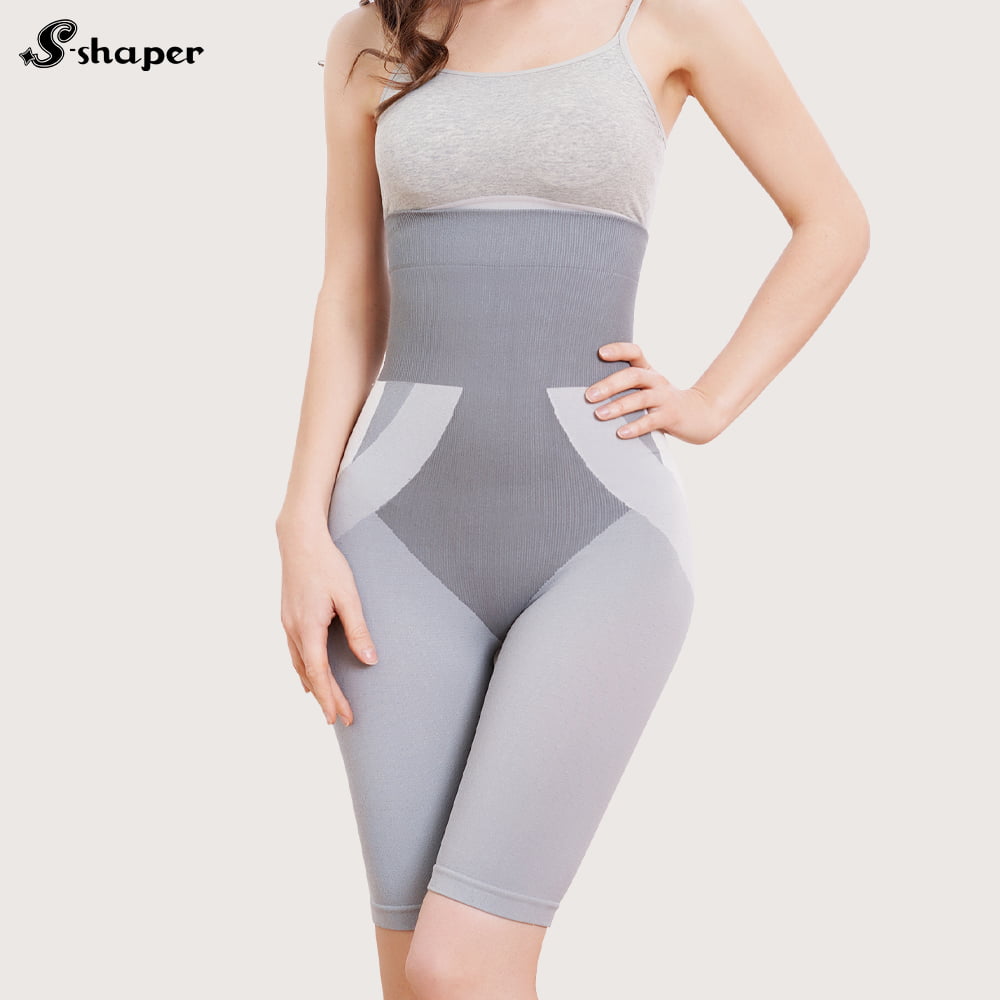
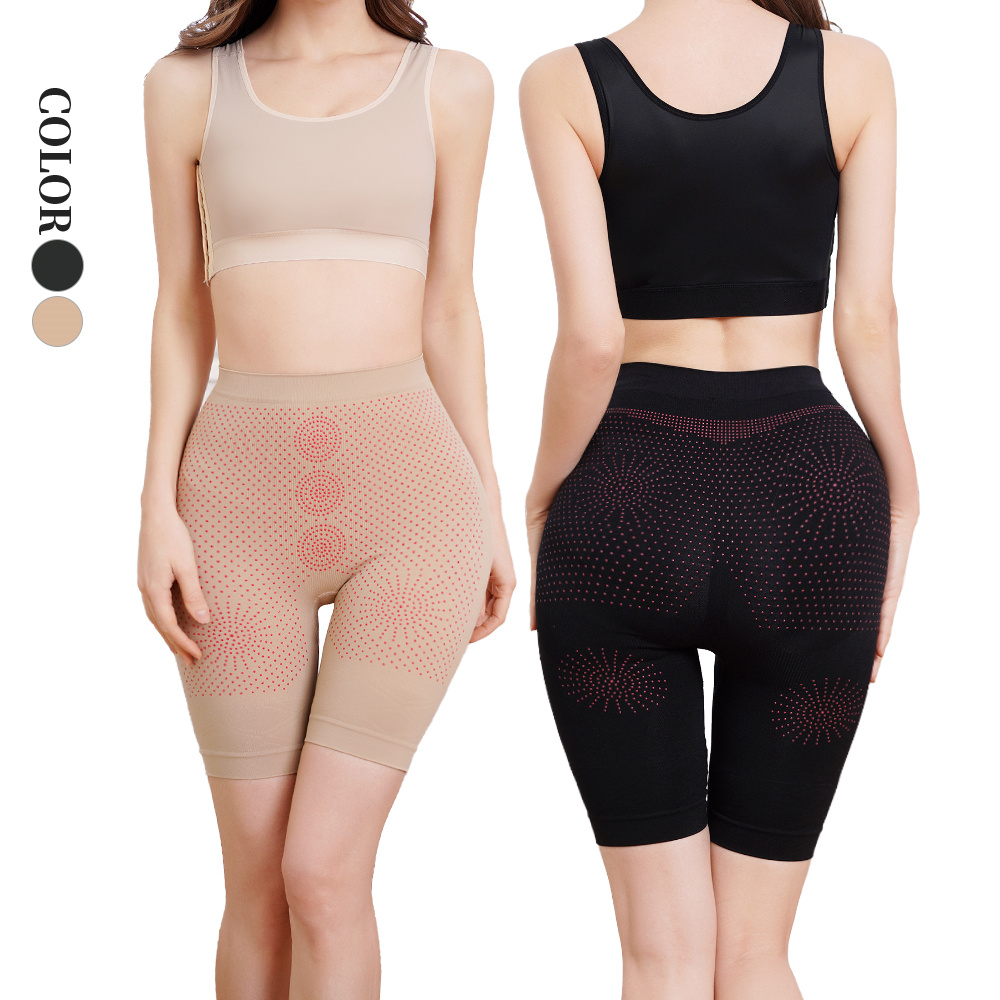
Sweat Shorts Factory in South America for Gymwear Startups
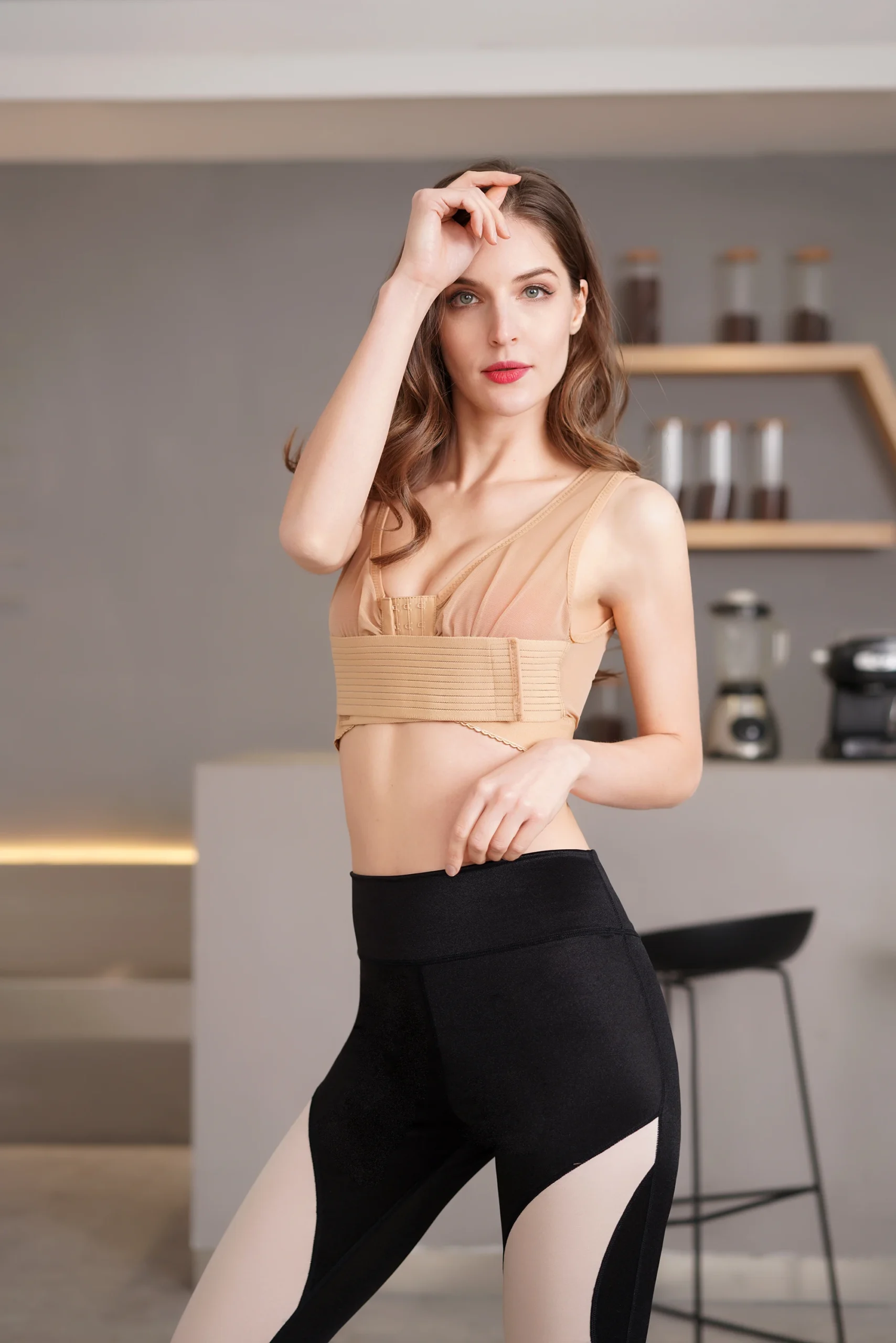
Sauna Belt Manufacturer in South America for Health & Wellness Brands
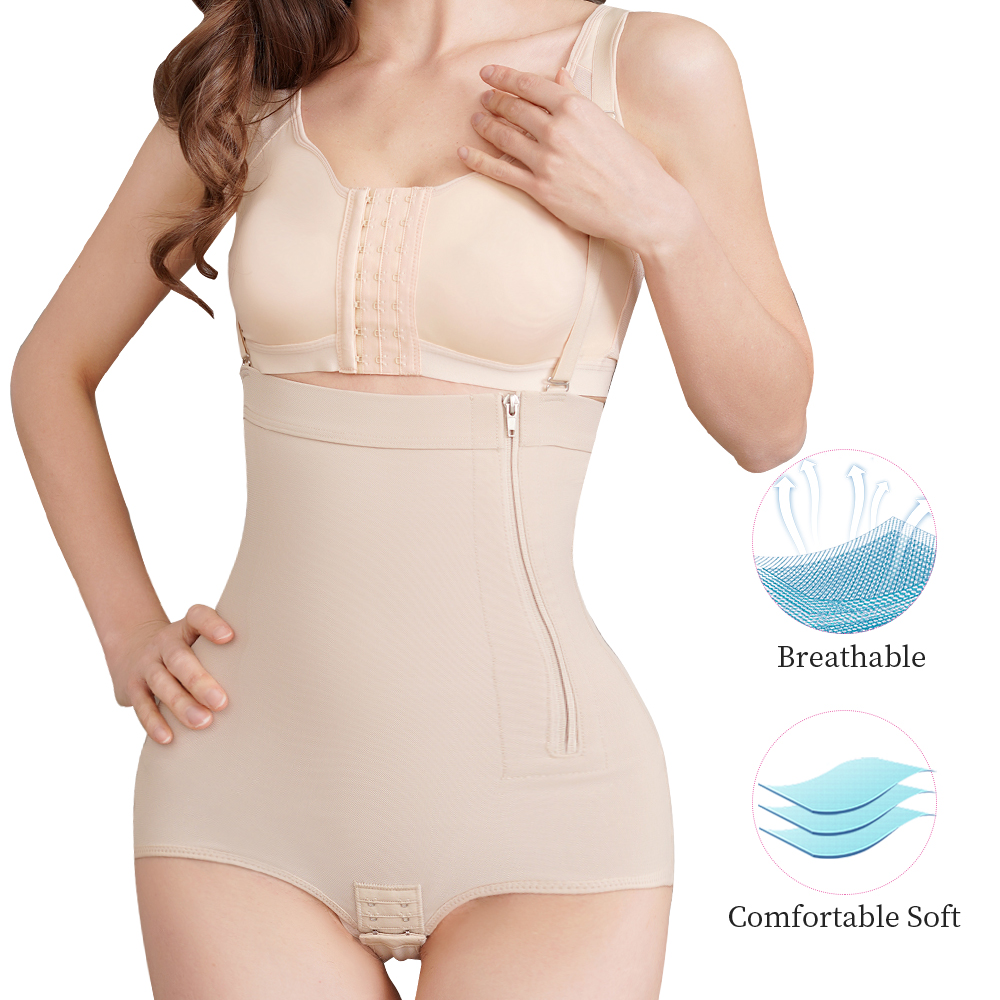
Wholesale Shaping Panty Factory in South America for Beauty Clinics
Get in touch with us
Related Posts

Arm Sleeves Manufacturer in South America for Sports Apparel Distributors
1. Why South America is Emerging as a Hub for Arm Sleeves Manufacturing In recent years, South America has become a strategic manufacturing base for sportswear, particularly performance accessories like

Sweat Shorts Factory in South America for Gymwear Startups
1. Why South America is Emerging as a Gymwear Manufacturing Hub South America is rapidly gaining recognition as a strategic location for gymwear and activewear manufacturing — including sweat shorts

Sauna Belt Manufacturer in South America for Health & Wellness Brands
1. Why Health & Wellness Brands Are Investing in Sauna Belts The health and wellness industry is booming globally, and sauna belts have emerged as a top product in the

Wholesale Shaping Panty Factory in South America for Beauty Clinics
1. Why Beauty Clinics are Turning to Wholesale Shaping Panty Suppliers In recent years, beauty clinics have evolved beyond skincare and cosmetic procedures to offer lifestyle-enhancing products. One of the
